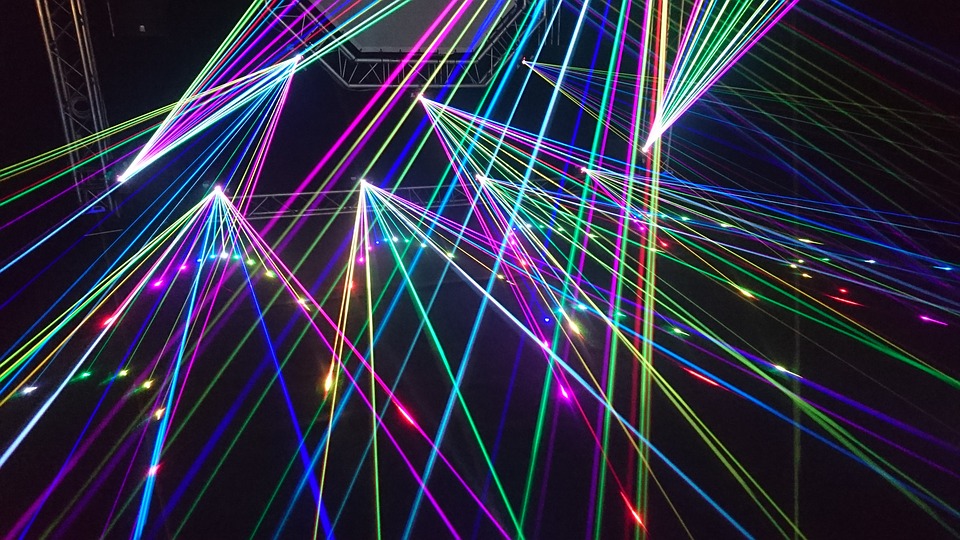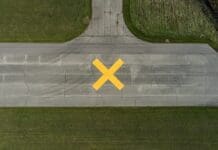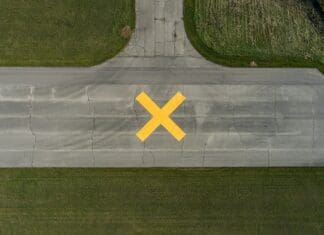This post is also available in:
 עברית (Hebrew)
עברית (Hebrew)
The US Department of Defense warns that the recent growth of drones has created new risks for its operations. Drones are “capable weapons in the hands of state actors, non-state actors, and criminals.” Moreover, “small UAS may also pose hazards to DoD operations in the air, land, and maritime domains when controlled by negligent or reckless operators.” The DoD must protect and defend personnel, facilities, and assets in an environment where increasing numbers of sUAS will share the skies with DoD aircraft, operating in the airspace over DoD installations.
In a special notice, the US Army looks at laser technology as a possible solution. The Army wants to develop a high-energy laser system that will be able to detect and shoot drones out of the sky, in order to protect DoD operations.
“The primary opportunity and purpose of this effort is to integrate a government-owned High Energy Laser (HEL) subsystem with a power and thermal subsystem and sensor package to demonstrate increased lethality in negating sUAS,” the notice on beta.sam.gov reads.
The Army Rapid Capabilities and Critical Technologies Office (RCCTO) is currently accepting whitepaper submissions detailing how one would design, prototype, and deliver two laser weapon systems, titled the Counter Small Unmanned Aerial System High Energy Laser (C-sUAS HEL).
The laser system sought is expected to detect and characterize Class 1 and 2 UAS threats at standoff ranges. It should possess hard-kill capability against unmanned aerial systems from these classes using a high energy laser at standoff ranges with high reliability.
The system must be agnostic towards laser technology, have a modular open system design, and interface with Forward Area Air Defense Command and Control (FAAD C2) and possess the capability to defend fixed and semi fixed sites.
Finally, the system is expected to reach Technology Readiness Level (TRL) 7 and Manufacturing Readiness Level (MRL) 5 when demonstrated as a prototype at the end of this effort,” according to meritalk.com.


























